(sold for $11.0)
1901, Colombia (Republic). Nice Brass 10 Centavos Coin. Leprosarium Coinage!
Mint Year: 1901
Reference: KM-L3.
Mint Place: Bogota
Condition: About XF!
Denomination: 5 Centavos
Diameter: 20mm
Weight: 3.38gm
Material: Brass
Obverse: Inscription ("LAZARETO") within cross.
Legend: DIEZ CENTAVOS * BOGOTA *
Obverse: Value (10) above denomination (CENTAVOS) and date (1901).
Legend: REPUBLICA DE COLOMBIA / 1901
This type of coins were issued for use in the three government leper colonies of Agua de Dios, Cano de Lord, and Contracion. The hospitals were closed in the late 1950s and patients were allowed to exchange these special coins for regular currency at any bank.
A lazaretto or lazaret is a quarantine station for maritime travellers. Lazarets can be ships permanently at anchor, isolated islands, or mainland buildings. Until 1929, some lazarets were also used for disinfecting postal items, usually by fumigation. A leper colony administered by a Christian religious order was often called a lazar house, after the parable of Lazarus the beggar.
A leper colony, leprosarium, or lazar house is a place to quarantine people with leprosy, which is also known as Hansen's disease. The term lazaretto can refer to quarantine sites, which were at some time also leper colonies.
Leper colonies or houses became widespread in the Middle Ages, particularly in Europe and India, and often run by monastic orders. Historically, leprosy has been greatly feared because it causes visible disfigurement and disability, was incurable, and was commonly believed to be highly contagious. A leper colony administered by a Roman Catholic order was often called a lazar house, after Lazarus, the patron saint of lepers.
Some colonies were located on mountains or in remote locations in order to ensure quarantine, some on main roads, where donations would be made for their upkeep. Debate exists over the conditions found within historical leper colonies; while they are currently thought to have been grim and neglected places, there are some indications that life within a leper colony or house was no worse than the life of other, non-quarantined individuals. There is even doubt that the current definition of leprosy can be retrospectively applied to the Medieval condition. What was classified as leprosy then covers a wide range of skin conditions that would be classified as distinct afflictions today.
Some leper colonies issued their own money (such as tokens), in the belief that allowing lepers to handle regular money could spread the disease.

|
Posted by:
anonymous 2015-05-01 |
5 Cent Kingdom of the Netherlands (1815 - ) Bronze
group has 7 coins / 7 prices
⇑

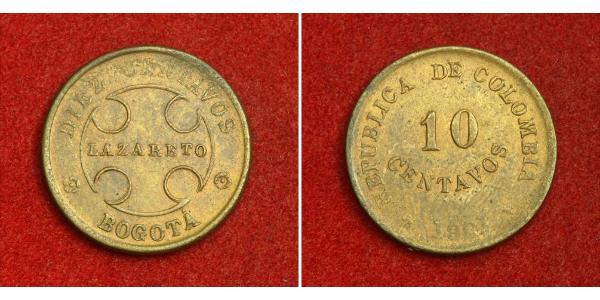





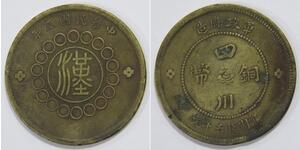



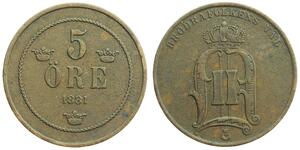

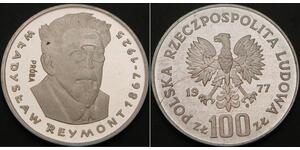

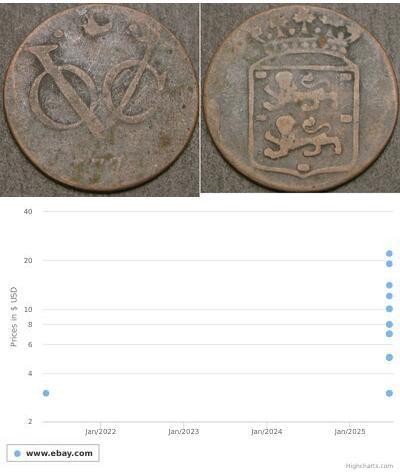
-300-150-VITBwcI0OHQAAAEqPTlDRaZv.jpg)






